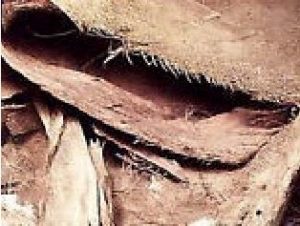PLANT AND NATURAL FIBRES
Plant and natural fibres commonly used in handicrafts
1. Coconut cloth
2. Coconut frond
3. Coconut shell products
4. Coconut sinnet
5. Fernland reed, Miscanthus floridulus
6. Freshwater reed
7. Freycinetia roots
8. Gourds
9. Pandanus
10. Polynesian bamboo, Schizostachyum glaucifolium
11. Wild hibiscus, beach hibiscus, Hibiscus tiliaceus
General treatment and processing conditions for all Pacific Island countries and territories:
It is recommended that items that may get damaged through fumigation should have been through a thorough production process. When preparing raw materials, items should be well soaked in salt water, sun dried and smoked to ensure that they are thoroughly processed. Packaging is important. The exporter should check the regulations of the country of intended import.
| English Name: Coconut cloth
Scientific Name: Cocos nucifera Indigenous Name: Kaka (Cook Islands), vulo ni niu (Fiji); kaka (New Zealand); kaka (Tuvalu) General Information: The coconut is used widely and abundantly across the region. Various craft, design, art and fashion products are made using parts of the coconut tree. |
 Coconut cloth |
| General Biosecurity Issues:
For many countries, products made with coconut fibre are an issue because of its tendency to hold insects, some of which are harmful, such as the coconut beetle. Coconut shell products are not so much of a problem, particularly if they have been thoroughly processed by sanding, varnishing and oiling and when they have been carved and turned into a commercial product such as jewelry. It is advisable to find out the requirements of the intended destination. It is important to note that even transit countries may require the necessary export clearance requirements and often require a phytosanitary certification that details the treatment processes that have been undertaken. |
|
Copyright © 2024. Pacific Community.